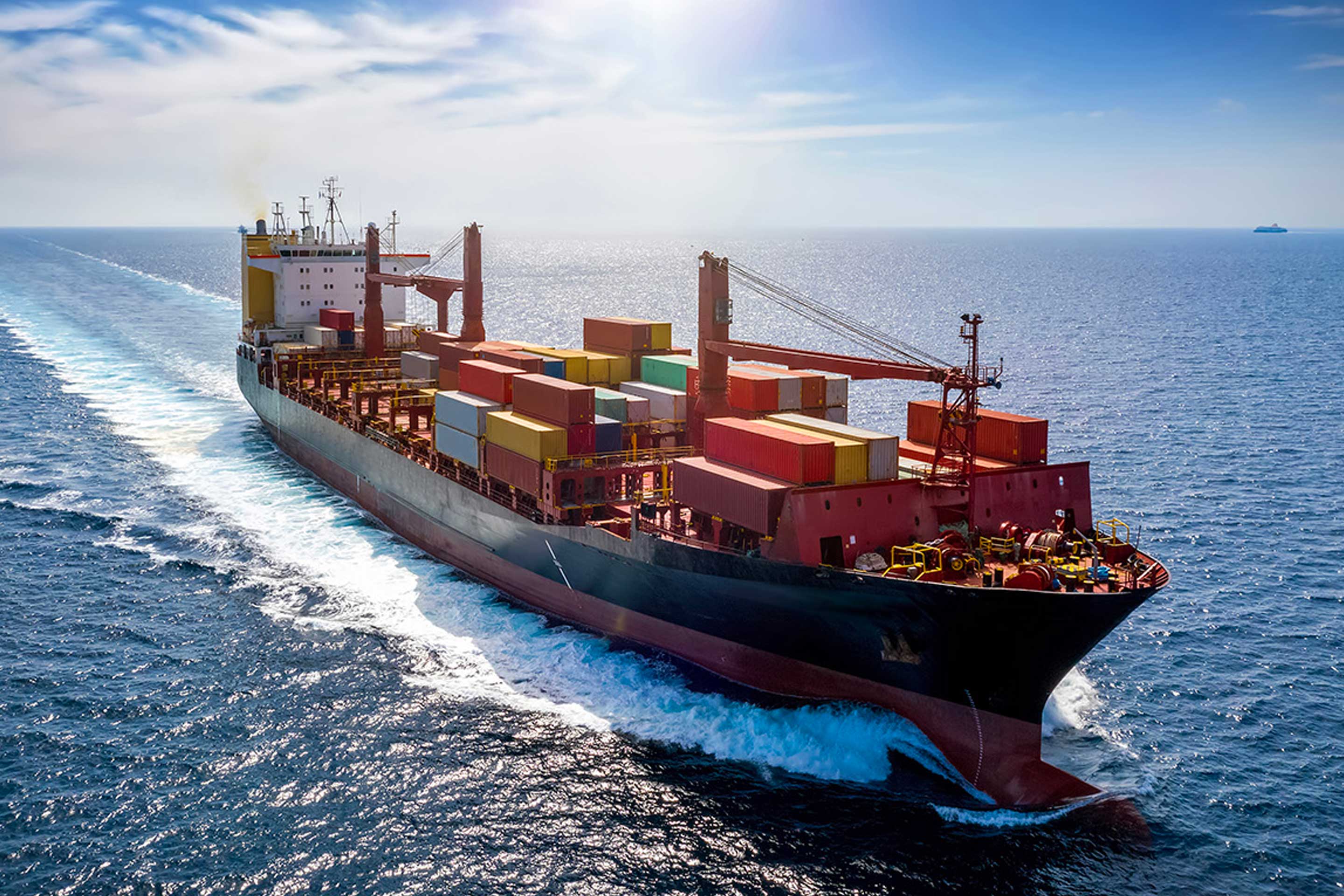In the face of upcoming emissions regulations from the IMO, the maritime industry is exploring several possibilities for a carbon-neutral future. We’ve already looked at alternatives such as LNG, methanol, ammonia, hydrogen and dual fuel, along with electric and hybrid power, but synthetic fuels could also play a part in the future of shipping.
Fuels can broadly be split into three different categories based on the method of production. These categories include fossil fuels, such as diesel produced from crude oil, biofuels, which are produced from biological origin, and synthetic fuels, which are produced using industrial synthetic processes.
There’s naturally an element of ambiguity and crossover between these categories – fossil fuels are also generated from biological origin, for example, but are stored for millions of years in the ground, while biofuels are produced from overground biomass with unknown age. The term ‘synthetic fuels’ is not specific about the feedstock or the production, and biofuels typically undergo industrial chemical processes – meaning some fuels can fall between different categories.
Synthetic fuels might feature quite different compositions and can include methanol, methane, ammonia and even synthetic diesel. Raphael Ryser, Senior Expert Turbocharging and Engine Technology at Accelleron explains: “A synthetic fuel can be every chemical substance you can burn to release energy, provided it is generated via an industrial synthesis process from any feedstock.”
Feedstock is essentially the raw materials behind any synthetic fuel. “The shared feedstock for all synthetic fuels is hydrogen, as it is an energy carrier and can simply be generated with green electricity from water,” adds Raphael. “The other common feedstocks are then carbon from CO2(for hydrocarbon fuels, in the sense of circular economy) or nitrogen (for ammonia and the rocket propellant hydrazine).”
Along with the benefits that hydrogen has to offer, including the ability to produce it using renewable resources, its use as a feedstock for synthetic fuels also introduces the same challenges – including the difficulties and cost of producing green hydrogen at scale.
“Natural gas can serve as feedstock for synthetic fuels,” says Raphael, “but climate neutrality is only achieved by carbon capture and storage, as otherwise the release of greenhouse gas would be shifted from the power generation to the synthesis process.”
“Synthesis gas can also be used as an intermediate product to produce synthetic fuels,” adds Raphael. “Synthesis gas is a mixture of hydrogen and carbon monoxide, which is used as part of the production of hydrocarbons. It is an intermediate state in the synthesis process, as it is currently generated from natural gas via a first chemical reaction. It is feasible to produce synthesis gas from captured carbon dioxide, which is then reduced to carbon monoxide, although this final step has not yet been realized in large industrial plants.”
Liquid fuels are the best state of aggregate for any fuel regarding handling and storage, Raphael points out. Whatever fuel is used, it’s critical that efforts are made to avoid the creation of greenhouse gases (GHG) as a byproduct, including carbon dioxide, methane and laughing gas.
Synthetic fuel options suited to shipping
Methanol
Methanol can be produced synthetically using hydrogen and CO2, as well as being produced from fossil (coal, natural gas) or biological feedstock.
Methane
As with methanol, methane can also be synthesized from hydrogen and CO2, in addition to production from fermentation of biological feedstock.
Ammonia
Ammonia can only be synthesized from hydrogen and nitrogen, and we’ve discussed the challenges and benefits of ammonia as a future fuel here.
Synthetic diesel
Perhaps surprisingly, diesel can also be created synthetically, but while there’s an appeal when it comes to using engine technology that already exists, there are plenty of challenges to overcome.
Why shipping can’t simply switch to synthetic diesel
“The question of synthetic diesel is a relatively old one, where there has been a lot of controversy,” Raphael explains. “There is a process called the Fischer-Tropsch synthesis, which enables the production of hydrocarbons from hydrogen and carbon monoxide.”
“Depending on the process parameters, you receive a particular mix of products (something like crude oil). You need then a refining process to separate into different fractions, as with crude oil. These fractions include similar composition to gasoline, diesel, kerosene, heating oil, and on top very pure paraffins and other hydrocarbons.”
Certain companies have been pushing the development of synthetic diesel over the past two decades. The availability (or lack of) of large-scale CO2 capture plants, however, along with incredibly high costs due to the complex synthesis and refining processes, make solutions such as synthetic diesel less attractive than other options for the maritime industry.
Where engines are not bound by specific fuels, there’s plenty of scope for the maritime industry to switch to alternative fuels that are simpler or cheaper to produce. In short, fuels that we’ve previously discussed, such as ammonia and methanol, still look more attractive for the maritime industry than complicated and expensive solutions such as synthetic diesel.














